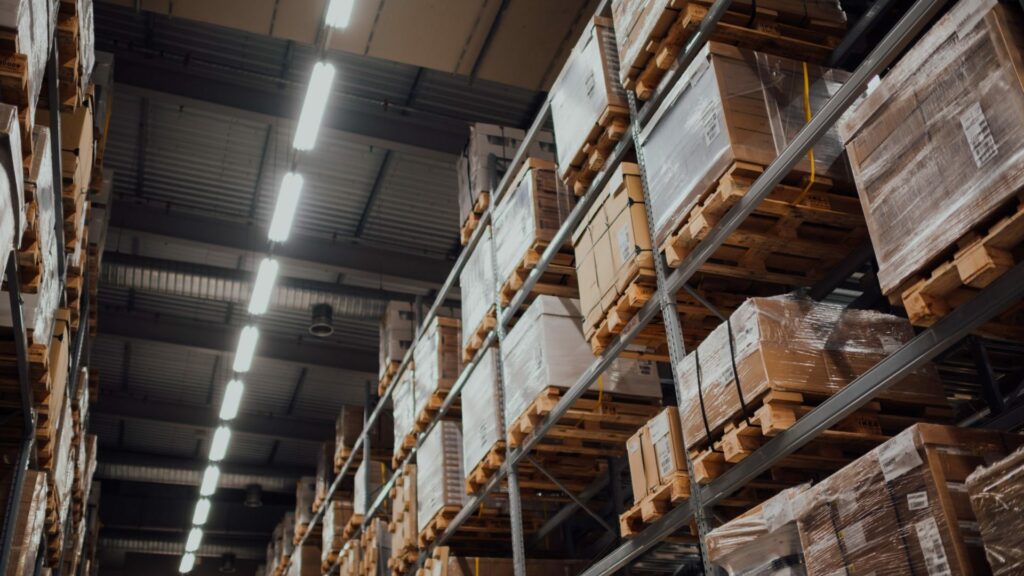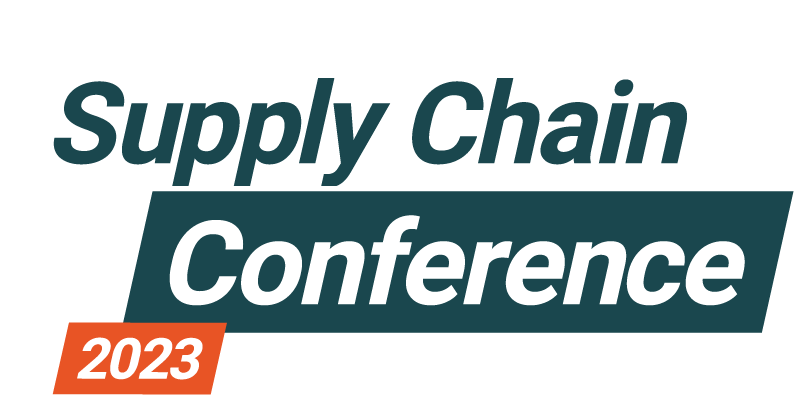That supply chains are not only the backbone of any business, but fundamental for success, has become evident in the past few years. Staying up to date with trends is imperative for any Nordic business to plan for the future and stay competitive in the global market. In this article, I share 7 global supply chain trends in 2023 to help you out.
1. Shifting focus from only cost to also risk
Looking back at the past decade, the majority of companies in Scandinavia and Northern Europe have been characterized by outsourcing their production to low-cost countries such as China. The same goes for sourcing raw materials and components. But in the past few years, the world as we know it was turned upside down. The dramatic events of the COVID-19 pandemic, the Suez Canal blockage, and the invasion of Ukraine all caused significant disruption to global supply chains.
As a result, Scandinavia and Northern European companies have started to realize that although cost-efficient, single sourcing from Asia is not very resilient to changes – regardless of size – may they be massive, like a pandemic, or small, such as fluctuation in market demand. This has now led to more companies shifting focus from only cost to also risk. And minimizing those risks has rapidly risen to the top of their agendas.
2. Reshoring – bringing production home
As part of this shift, Scandinavian and Northern European companies that are outsourcing from Asia are considering buying a return ticket. In fact, we are already starting to see examples of reshoring in Scandinavia and the Nordic countries where businesses are bringing their entire or parts of their production home.
By moving their entire production home or sourcing from both Asia and Europe, they are looking to increase their chances of withstanding failure in the primary supply chain and reduce their overall supply chain vulnerability. However, to do that, it is important to have the right tools in place for efficient supply chain planning and smart use of resources.
3. Moving towards differentiation
In the aftermath of the pandemic and invasion of Ukraine, we are also seeing an increased focus on differentiation, where companies are looking to set themselves apart from the competition through new price points and inventory strategies.
With inflation pressures, consumer behaviors and customer demands are shifting from high-end products to more affordable ones. At the same time, businesses are focusing on cost efficiency to prevent their capital from going through the roof.

To meet the demands for availability and service level – while at the same time keeping inventory costs under control – companies realize they need to become more granular and specific in how they control and optimize their inventories.
As a result, we are now seeing more businesses moving away from manual and semi-manual processes and using “one size fits all” types of rules toward differentiation, digitalization, and automation.
4. Prioritising supply chain design
Another strong trend that has emerged as a result of the increased supply chain awareness is the need for companies to improve their supply chain design. This is particularly noticeable in companies with high supply chain complexity.
Supply chain complexity can arise from several sources – network nodes and links, internal and external processes, product and service range, product design and development, supplier integration, and information and organizational complexity.
While companies are adding the cost and risk dimensions into their supply chain design, two more dimensions need to be considered to secure resiliency. The first is service level, which includes the ability to offer short lead time to customers. The second is sustainability, which includes the ability to map the current CO2 footprint and find new supply chain set-ups that will reduce CO2 emissions without a large negative impact – or even reduction – on cost or other dimensions. As the global market for emissions credits matures, this will also be part of the equation.
Companies must review their supply chain based on all four dimensions to create a shared view of the supply chain and find their trade-off. If companies can do that, their chances of securing continued competitiveness and obtaining sales will increase.
5. Creating a digital twin of the supply chain
More companies are embracing digital technologies to help them design their supply chains and outsmart disruption. One critical component of this shift is using a digital twin. A digital twin is a digital representation of a company’s end-to-end supply chain network.
You can look at it as a sandbox extension of your supply chain: By recreating your real supply chain in a virtual world, you can apply what-if scenarios and create versions of the future to model alternative scenarios for uncertain areas within your business. This enables you to efficiently make trade-offs between risks and potential gains and conclude under which pre-conditions to use which supply chain setup or strategy.

Instead of assessing your supply chain every third year, you can use your digital twin to review your setup annually, semi-annually, or even quarterly, as well as ad-hoc. Slowly but surely, the digital twin is becoming a key component of future supply chains. It will be the common playground for sales, sourcing, supply chain, and sustainability to gather around. It will also help companies break silos and adopt a more holistic approach.
6. Supply chain automation, robotics, and AI
Tapping into digitalization and technology, the use of automation, robotics, and AI in supply chains continues to be a strong trend. Automated solutions for supply chain tracking, inventory and warehouse management, and back-office tasks have allowed for leaps forward in labor productivity performance. The shortage of truck drivers has catapulted the transport industry into the forefront of AI and autonomous vehicles.
Although these new technologies have the potential to reshape the entire supply chain, many of them, especially AI, haven’t fully matured and reached their full potential yet. Inserting AI into a data system (ERP or similar) will not automatically generate a ready-made business strategy. As with any other data analysis, it still takes a lot of work to collect the data, transform it, and ensure it is high-quality and connected. Once that is done, you can start accessing all the business value AI can bring.
While there are efficient AI solutions today for forecasting, promotion planning, and data correction, for example, we will see more and better applications of AI, machine learning, and reinforcement learning for various supply chain problems in the future.
7. Sustainability and transparency in focus
The future consumer market will be shaped by millennials and Gen Z. If a business wants to survive in the next century, its strategies must align with the priorities and values of these consumers. Millennials and Gen Z expect companies to be more visible, active, and transparent. They don’t settle for less than proof and demand sustainable supply chain practices addressing climate change, human rights, and corruption.
As a result, the tracking trend is intensifying. More companies are using RFID tags, QR codes, and blockchain technology to identify and track the entire chain of movement on the way to the end consumer. Tracking also provides companies with better data for improving supply chain operations, reducing costs, and proving a product’s origin.
With the increasing demand from millennials and Gen Z, we are also seeing companies shifting from linear supply chains to circular supply chains to minimize waste and environmental impact. This shift is a no-brainer for some companies, while others struggle to find a suitable circular supply chain model.
How efficiently do you use your resources?
Supply chains are no longer a marginal concern for businesses. Today, supply chain knowledge and experience should have a given place in the boardroom as more companies realize supply chain is about much more than merely cost reduction. It is a possibility to differentiate, create strong offers, and stand out from the competition. At Optilon, we believe Nordic companies have the potential to be the most competitive in the world. They just need to use their recourses more efficiently than their competitors to get there.
Do you need the help of a supply chain expert? Book a meeting today!
